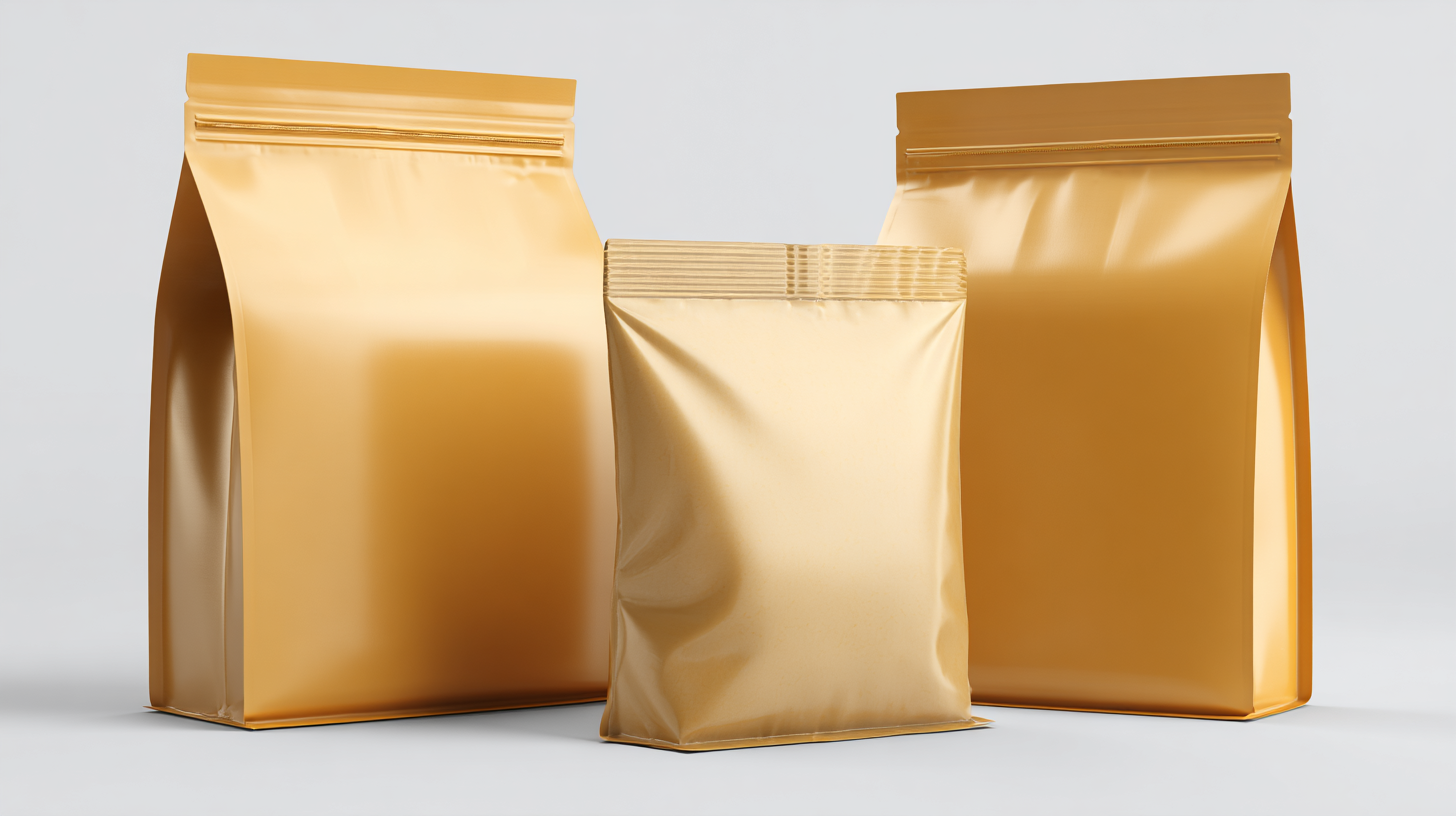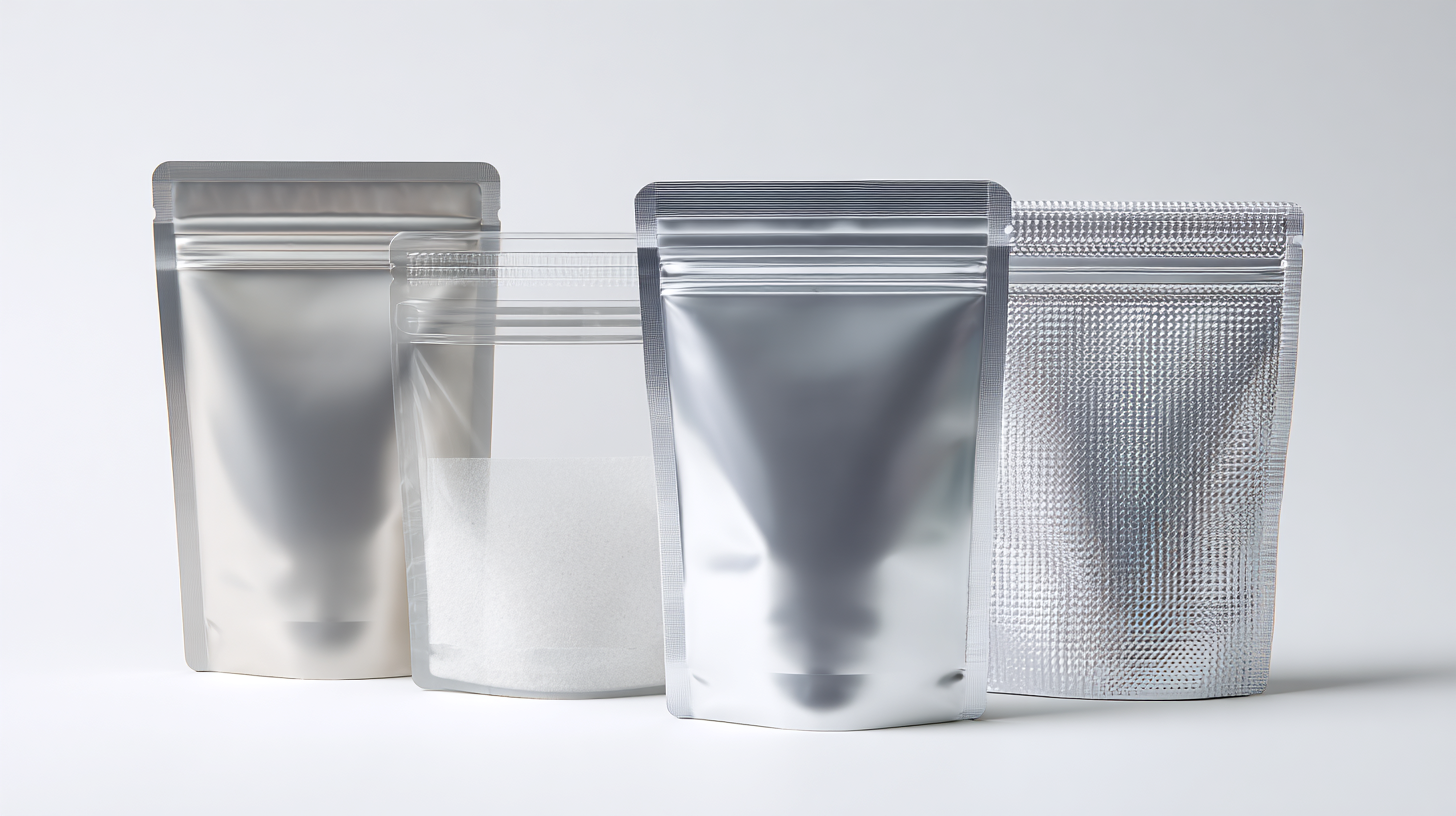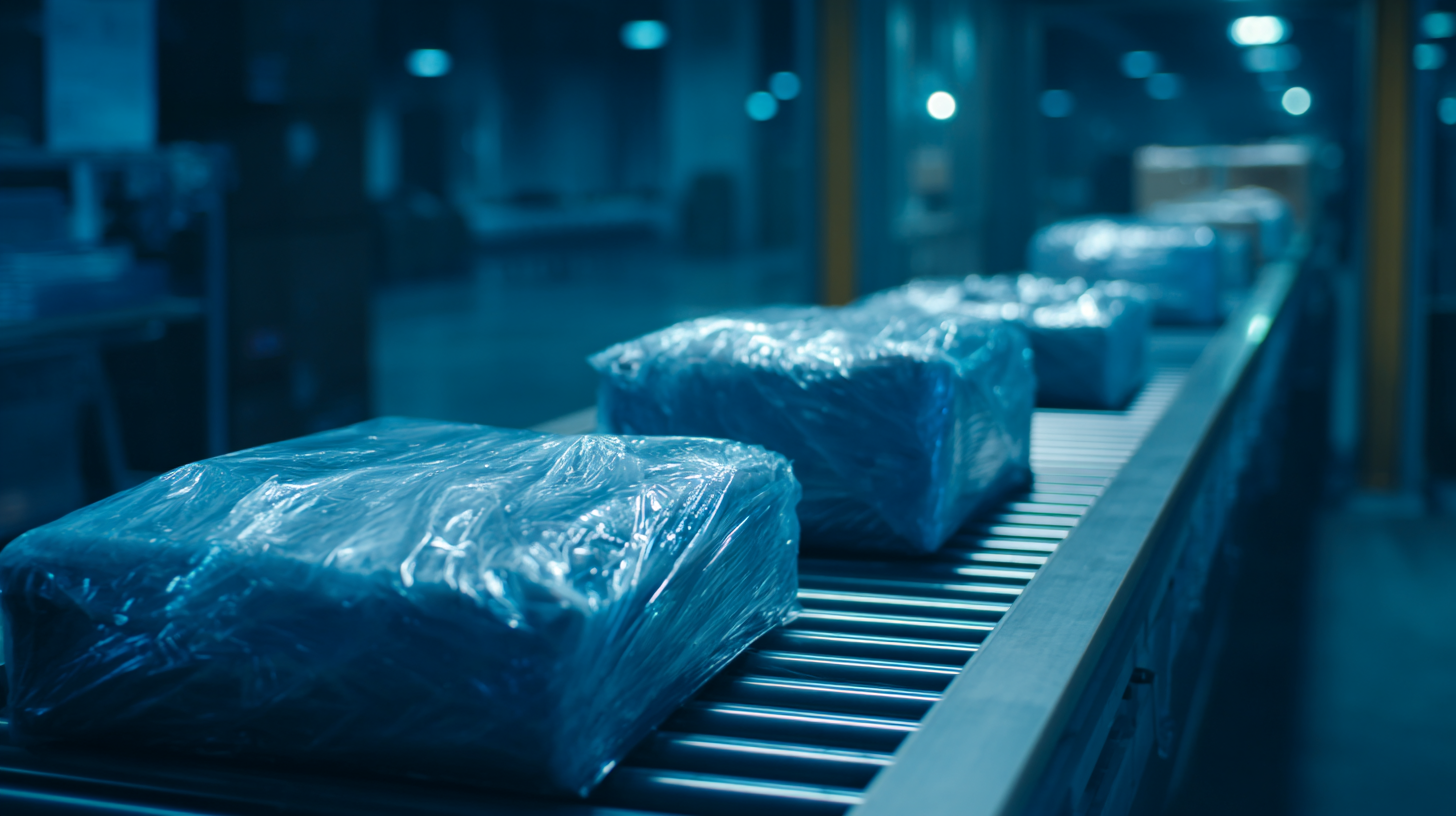- Phone:+86 15218629499
- Phone: +86 15766990063
- E-mail: Yzprinting01@163.com
In today's rapidly evolving global markets, the importance of efficient and reliable packaging solutions cannot be overstated. Among these, Seal Packaging emerges as a critical component that not only protects products but also enhances their marketability. As we explore the unique attributes and diverse applications of top-tier Seal Packaging solutions, particularly from world-class Chinese manufacturers, we uncover how innovation and quality converge to meet the demands of various industries. These manufacturers are at the forefront of developing advanced sealing technologies that cater to the complexities of international trade, ensuring that products reach consumers in pristine condition.

This blog delves into the myriad benefits of Seal Packaging, highlighting its role in preserving product integrity, extending shelf life, and facilitating sustainability in packaging practices, thus reinforcing its significance in the competitive landscape of global commerce.
Seal packaging plays a crucial role in the pharmaceutical and nutraceutical industries, where product integrity and safety are paramount. One of the unique challenges faced is ensuring the barrier properties of packaging against contaminants and moisture. Pharmaceuticals often require a sterile environment, while nutraceuticals need protection from environmental factors that can degrade their efficacy over time. Hence, choosing the right seal packaging solution is essential to maintain the quality and shelf life of the products.
Tips for selecting the best seal packaging include:
1. Conduct thorough compatibility testing to ensure that the packaging materials do not interact adversely with the products. This is especially important for sensitive formulations in pharmaceuticals.
2. Evaluate different sealing technologies available in the market, such as heat sealing or ultrasonic sealing, to determine which method provides the most robust barrier for your specific application.
3. Consider sustainability by opting for eco-friendly materials that do not compromise the protection of your products while meeting consumer demands for environmentally responsible packaging.
These strategies can help navigate the complexities of seal packaging, ultimately contributing to the success of products within the competitive global market.
The impact of environmental regulations on seal packaging solutions has become increasingly significant in today's global market. As countries around the world strive to reduce plastic waste and lower their carbon footprints, packaging companies are being compelled to innovate and adapt. Stringent regulations, such as single-use plastic bans and increased recycling mandates, have prompted the industry to explore sustainable materials and designs. This shift not only helps businesses comply with the law but also aligns with evolving consumer preferences, as more consumers are demanding eco-friendly products.

Moreover, these regulations have led to the development of advanced sealing technologies that minimize waste while enhancing product safety and shelf life. For instance, the use of biodegradable and compostable materials in seal packaging is on the rise, providing brands with viable alternatives to traditional plastics. Additionally, innovative sealing methods, such as heat sealing and vacuum sealing, are being optimized to use less material without compromising on security or freshness. As businesses navigate these changing regulations, those that embrace sustainable seal packaging solutions will not only protect the environment but also gain a competitive edge in a market that increasingly values sustainability.
In recent years, the landscape of seal packaging technology has seen remarkable innovations that significantly enhance food safety. One of the most notable advancements involves the integration of smart sensors within packaging seals. These sensors can detect any breaches or changes in environmental conditions, such as temperature fluctuations or gas leaks, that could compromise the integrity of the product. By providing real-time data, manufacturers can ensure that food remains safe for consumption, thereby reducing the risk of spoilage and foodborne illnesses.
Another key innovation is the development of biodegradable and eco-friendly seal packaging materials. As consumers become increasingly aware of environmental issues, the demand for sustainable packaging solutions has surged. New materials that maintain high performance while being environmentally friendly not only address the ecological concerns but also enhance food safety. These materials are designed to be barrier-efficient, preventing contamination and extending shelf life without harming the planet. As these innovations continue to evolve, they pave the way for a safer and more sustainable future in food packaging.

The economic implications of seal packaging failures in consumer goods are significant, impacting not only manufacturers but also retailers and consumers. According to a recent report by Smithers Pira, packaging waste from seal failures costs the industry approximately $25 billion annually in lost sales and waste management fees. Ineffective packaging can lead to product spoilage, which affects brand reputation and consumer trust. As consumers become increasingly conscious about sustainability, packaging failures that result in food waste are particularly detrimental, potentially leading to loss of market share for companies that fail to innovate in their sealing technologies.
Moreover, the ripple effect of these failures extends beyond immediate financial implications. The Global Packaging Alliance indicates that 50% of consumers are likely to switch brands after experiencing packaging-related issues, demonstrating the critical role that seal integrity plays in customer loyalty. Investment in advanced sealing technologies and testing methodologies has become indispensable for brands aiming to mitigate these risks. By enhancing the reliability of seal packaging solutions, companies not only protect their bottom line but also contribute to overall sustainability and consumer satisfaction in a competitive market.
| Attribute | Description | Global Application | Economic Impact of Failures |
|---|---|---|---|
| Material Quality | Durability and resistance to environmental factors | Food Packaging, Electronics | Loss of consumer trust, potential recalls |
| Seal Integrity | Ensures product freshness and safety | Pharmaceuticals, Perishables | Increased liability costs, brand damage |
| Sustainability | Eco-friendly materials reduce environmental impact | Consumer Goods, Retail | Shift in consumer preferences, financial losses |
| Cost Efficiency | Economical solutions without compromising quality | E-commerce, Wholesale | Reduced profit margins, operational challenges |
| Innovation | Advanced technologies for enhanced packaging solutions | Luxury Goods, Technology | Market share loss, decrease in competitive edge |
The demand for sustainable packaging materials is surging in emerging markets, driven by increased environmental awareness among consumers and regulatory pressures. As companies seek to reduce their carbon footprint, innovative materials such as biodegradable plastics and recycled content are gaining traction. This shift towards sustainability is not only crucial for environmental conservation but also presents lucrative opportunities for businesses to capture market share in a competitive landscape, particularly in the pharmaceutical sector, where packaging plays a crucial role in product safety and efficacy.
In this context, seal packaging solutions are evolving to meet the need for sustainable options without compromising performance. Technologies such as form-fill-seal machines are adopting eco-friendly practices, offering customizable and efficient packaging routes that significantly lower material waste. As the global pharmaceutical contract packaging market is projected to grow significantly, these trends in sustainable seal packaging solutions will be critical for companies looking to align with modern consumer values while driving economic growth in emerging markets. The shift highlights a critical intersection between innovation, sustainability, and market demand, shaping the future of packaging solutions worldwide.
